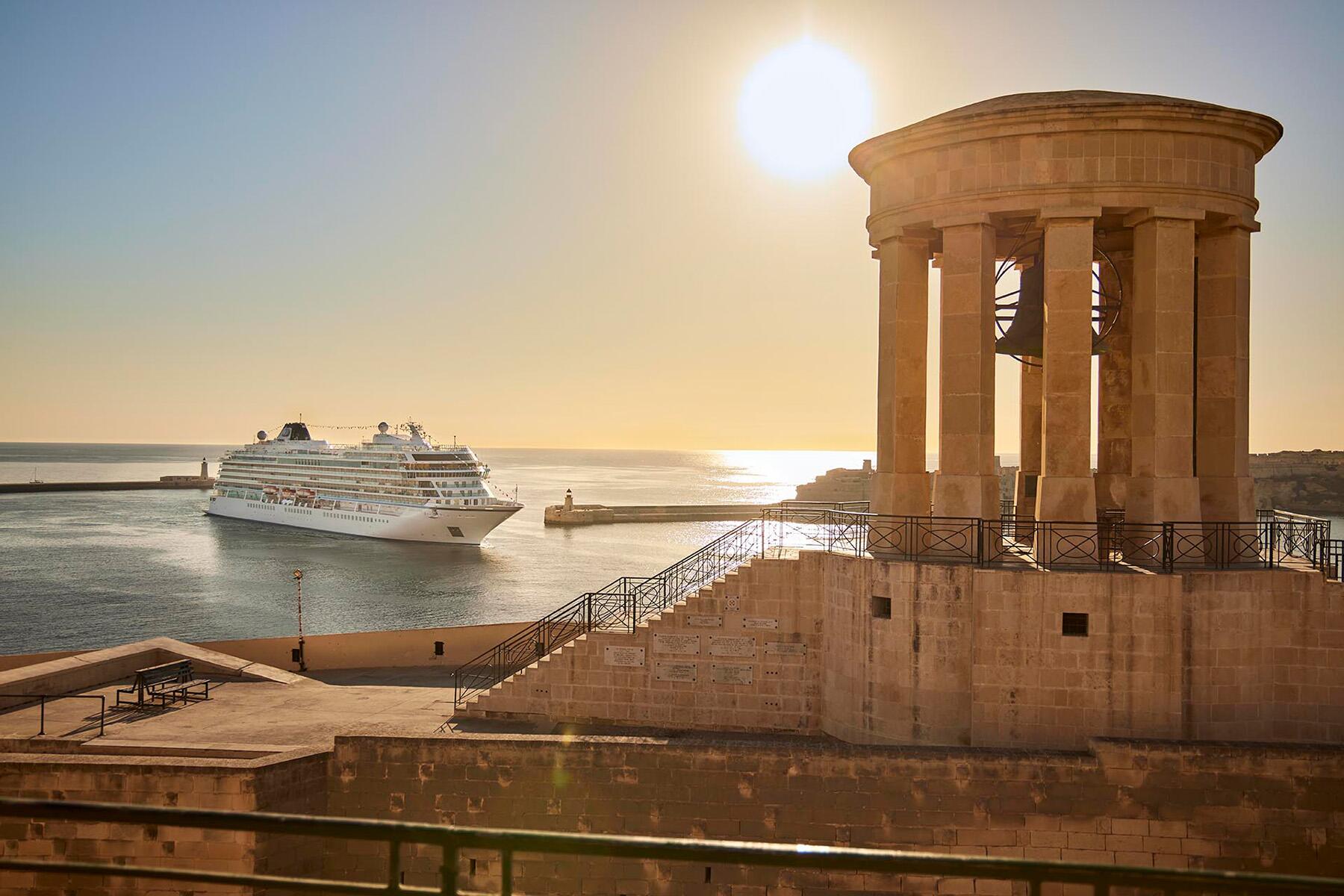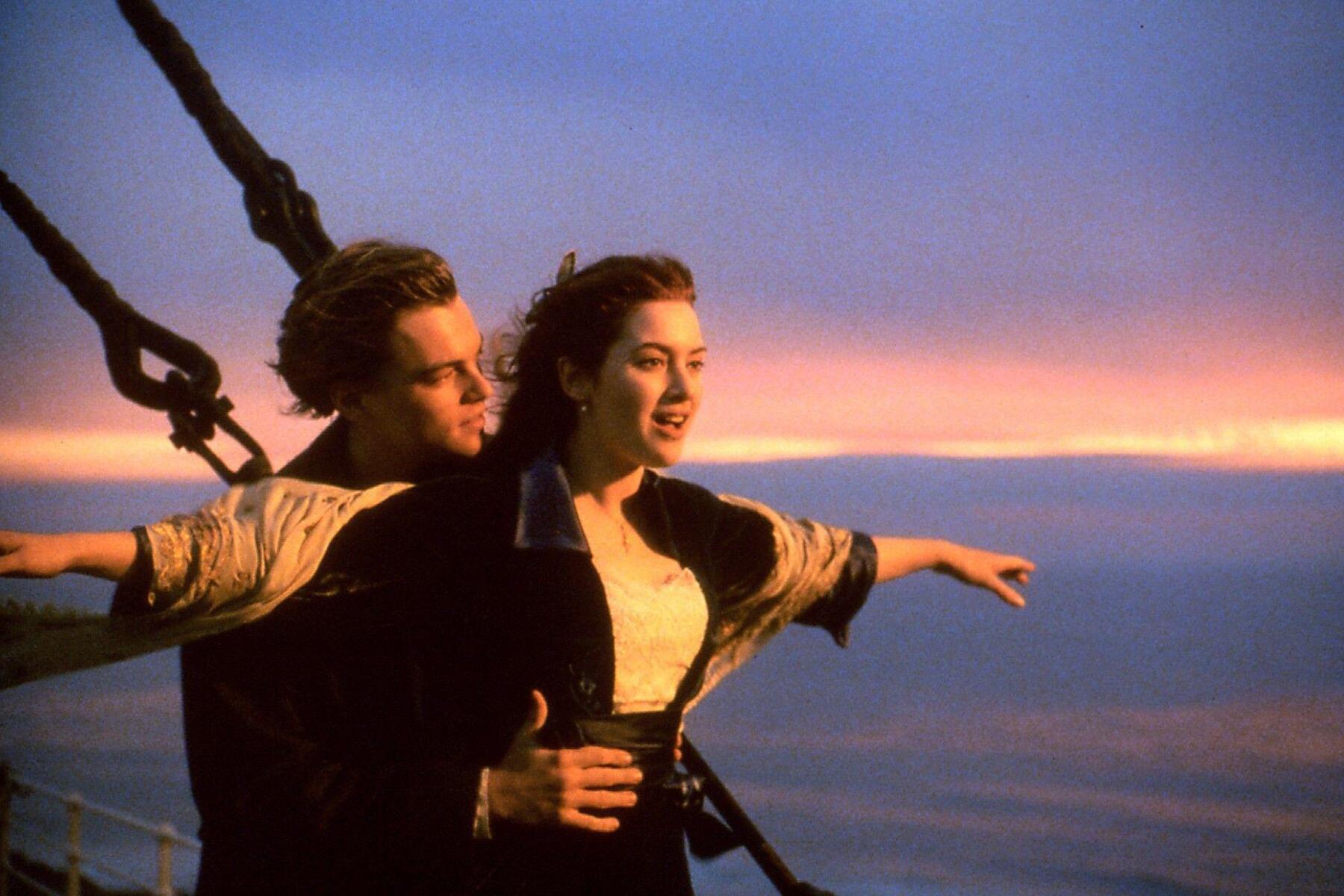Just hear me out.
S
everal years ago, in the wake of an upset election, I needed a little escapism from the present, and I found it in reruns of The Love Boat. That 1976 broadcast TV antique had everything I needed—vintage fashion and haircuts, anodyne comedic plots, and more guest appearances from Charo than I could ever hope for (I kid—you can never get enough Charo).
Near the end of the first season, I got this strange (perhaps even sinking—yes, I went there) feeling that I had seen some of the plot devices before. Some of the situations felt like replays; some of the dialogue seemed too familiar.
Granted, there are only so many tropes to be written in a story about a large ship at sea, so it’s conceivable that certain situations are just going to come up in any film or TV show about an ocean voyage. However, there are more than a few similarities between certain episodes of The Love Boat, and the 1997 James Cameron film Titanic starring Kate Winslet and Leonardo di Caprio, so I can’t help but outline them.
Love Won’t Hurt Anymore
The second episode of the first season features Sherman Hemsley and LaWanda Page getting stuck in an elevator. Yes, that’s the entire story arc for their characters in the episode. Stuff goes down, of course, but the most important thing here is that at one point Sherman makes a throwaway comment about “Jack Dawson down at the plant.” (Jack Dawson, you may remember, is Leonardo DiCaprio’s character in Titanic.)
Now, one swallow doesn’t make a summer, they say, and one naming coincidence doesn’t make a connection. But later in the episode John Ritter saves Tovah Feldshuh from suicide by jumping off the ship.
Cutting to Titanic, remember when Jack Dawson tells Rose that if she jumps he’s going to have to come in after her? “Don’t be absurd, you’d be killed,” she reasons. “The fall alone would kill you.”
On The Love Boat, it’s John Ritter who is the voice of reason: “Have you ever dived off anything this high before? It’s got to be a hundred feet—you could kill yourself!”
Back on Titanic, Rose reconsiders, introduces herself to Jack, agrees to climb back over the railing, and then slips and falls, briefly dangling off the back of the ship while Jack struggles to pull her back onboard.
Similarly, on The Love Boat, Tovah Fedshuh reconsiders after realizing she could in fact kill herself, agrees to get down off the railing, and then slips and falls, taking John Ritter with her. Thankfully, they’re somewhere off the coast of Mexico, in broad daylight, and they’re quickly rescued.
But if we’re taking notes, that’s a mention of Jack Dawson and a strikingly similar attempt to leap over the railing of the ship—all in the same episode.
A Titanic Palate Cleanser
Before we dive in (I went there again) to the other parallel–it’s worth mentioning season 1 episode 7. Now, there’s not a direct connection here—just a couple who claimed to have gotten married on the Titanic who seem to jinx the crew. It feels like little more than a clumsy placemat for a few pratfalls, but it does amusingly land Julie-Your-Cruise-Director in a pirate-style eye patch for much of the episode.
However, if I’m on a binge-watch of The Love Boat reruns looking for a movie plot, it’s just another seed planted in a row that points to Titanic. “I don’t see what all the fuss is about—it doesn’t look any bigger than the Pacific Princess.”
The Heart of the Matter
One of the bigger parallels between The Love Boat and Titanic comes in the form of the 15th episode of season 1, when Michelle Lee plays a celebrity who boards Pacific Princess toting a giant diamond pendant necklace. She’s chased by a roving band of jewel thieves bent on taking it off her, and—of course—hijinks ensue, including—oddly—a rubber face mask disguise of Captain Steubing so realistic that Gavin MacLeod actually plays the thief disguised as his character.
’70s TV shenanigans aside, here’s where it gets spooky. Michelle Lee, who has been complaining to a blind passenger (Stephanie Zimbalist) that the gigantic diamond is heavy (“it was a dreadfully heavy thing”, Rose complains in Titanic), and that the materialism simply is not her. While the thieves look on, she explains that if she’d cared less about things like diamonds, she might have the warmth and love she sees in her. She rips off the necklace and hands it to her husband who drops it off the back of the ship while the would-be thieves look on, aghast as they watch their loot slip into the briny deep.
Her character later explains that the diamond she wore on the ship (and subsequently yeeted off the side) was a paste copy, and that the original, bonafide bling was safely at home in her safe because she feared it being stolen. But it wouldn’t stay there, because she was serious about the materialism, and she was on her way home to donate it to The School for the Blind.
While this scenario parallels the end of Titanic as screened, it’s even more fitting for the alternate ending that was actually filmed, but later cut.
In the scenes, Rose climbs onto the railing of the research ship, while her granddaughter, jewel hunter Bill Paxton, and his band of loot-hunters think she’s about to jump off the ship and run after her. She stops them, reveals she has the diamond, explains how she never sold it because that would make her no better than her awful rich fiancé, and that life is more important than big blingy diamonds. She lets Bill Paxton hold it in his hand as a tease, then she tosses it over her shoulder into the Atlantic.
Come on.
Love, Exciting and New?
Now, I’m not suggesting James Cameron directly lifted the plot Titanic from The Love Boat (although I’m sure the series writers would appreciate the residuals). But it is rather fun to lift out these quirky parallels between two incredibly incongruous works where the only commonality (up until now, at least) is that they’re both set on ships.
All kidding aside, both the ’90s Oscar-winning film and the ’70s TV sitcom are top quality entertainment with their own merits. It’s especially amusing to binge The Love Boat and take note of the enormous changes in hair and makeup styles from 1976 to 1987, or to watch Titanic and count the number of times either main character’s name is invoked (173) in a three hour screenplay.
Or better yet, take to the seas onboard a Princess cruise. Come aboard, they’re expecting you.




